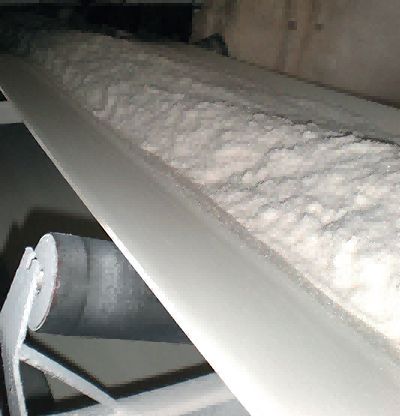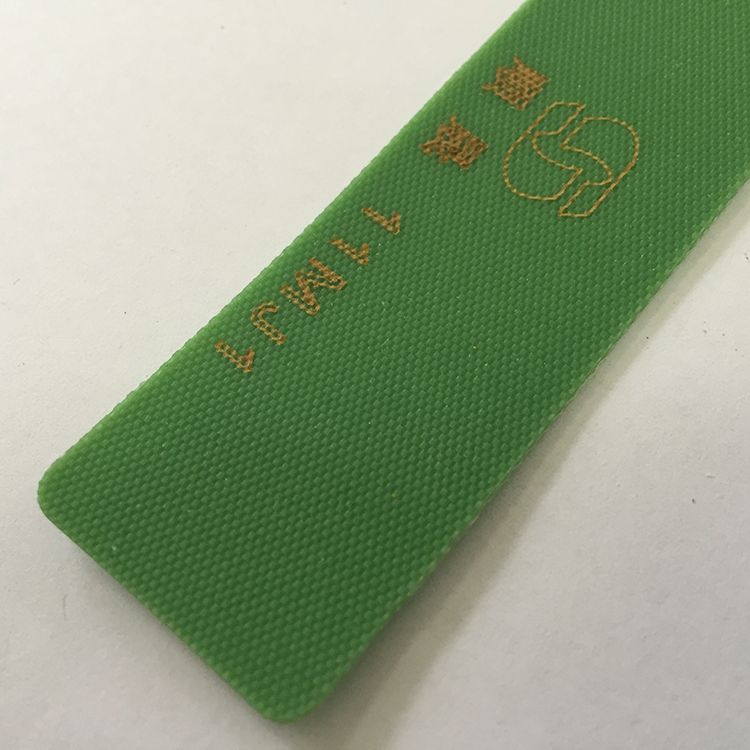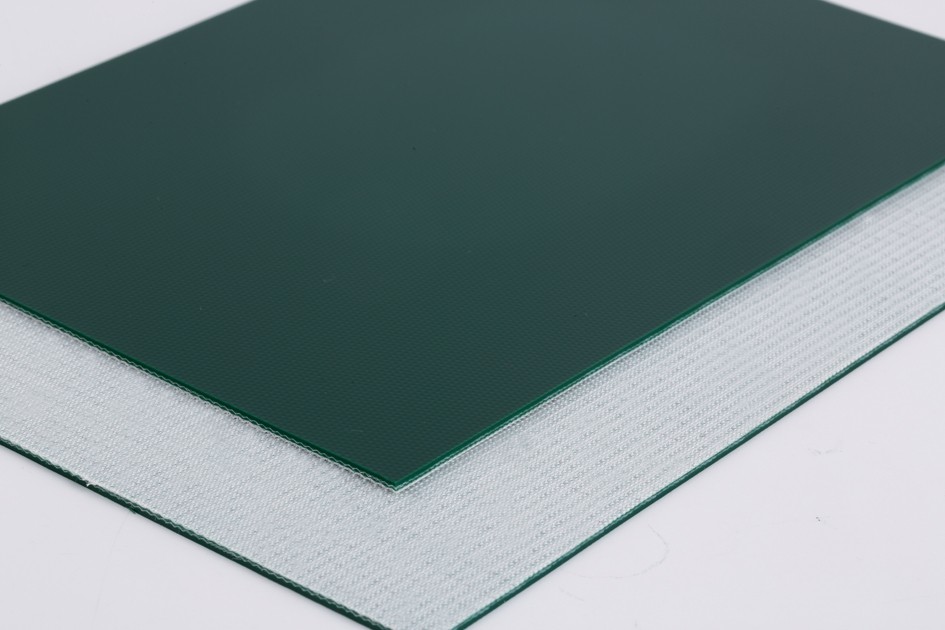Introduction
Conveyor belts are integral to numerous industrial applications, and understanding the differences between PU (Polyurethane), TPU (Thermoplastic Polyurethane), PE (Polyethylene), and PVC (Polyvinyl Chloride) conveyor belts is pivotal. These belts vary significantly in material composition, durability, and suitability for diverse industrial uses.

Material Composition Comparison
- PU Conveyor Belts
Polyurethane conveyor belts derive their properties from the reaction of polyols and diisocyanates. The composition offers flexibility, resilience, and excellent resistance to abrasion.
- TPU Conveyor Belts
Thermoplastic Polyurethane conveyor belts, a subset of PU, showcase unique properties owing to their thermoplastic nature, combining the best attributes of plastic and rubber.
- PE Conveyor Belts
Polyethylene conveyor belts, formed from ethylene molecules, exhibit high chemical resistance and exceptional strength-to-density ratio due to their linear molecular structure.
- PVC Conveyor Belts
Polyvinyl Chloride conveyor belts, composed of vinyl polymer chains, boast durability, flame resistance, and adaptability to diverse processing techniques.
Durability Assessment
- PU Conveyor Belts – Durability Aspects
PU belts excel in wear resistance and offer high tensile strength, making them suitable for industries requiring flexibility and resistance to abrasion.
- TPU Conveyor Belts – Durability Aspects
TPU belts, with their excellent abrasion resistance and superior elasticity, are ideal for applications requiring a balance between durability and flexibility.
- PE Conveyor Belts – Durability Aspects
PE belts, known for their strength and chemical resistance, find utility in industries needing high tensile strength and resistance to harsh chemicals.
- PVC Conveyor Belts – Durability Aspects
PVC belts exhibit durability, moderate wear resistance, and robustness, making them suitable for various industries requiring cost-effective solutions.
Suitability for Various Industrial Applications
- PU Conveyor Belts – Industrial Applications
PU belts are commonly used in food processing, logistics, and packaging industries due to their hygiene compliance and resistance to oil and grease.
- TPU Conveyor Belts – Industrial Applications
TPU belts find extensive use in automotive, textile, and printing industries, offering resilience to wear, oil, and chemicals.
- PE Conveyor Belts – Industrial Applications
PE belts cater to heavy-duty applications in mining, construction, and agriculture, leveraging their robustness and chemical resistance.
- PVC Conveyor Belts – Industrial Applications
PVC belts serve industries like manufacturing, airports, and electronics, providing a balance between cost-effectiveness and performance.
Comparison Summary and Selection Guidelines
- Summary of Key Differences
Comparing the characteristics of PU, TPU, PE, and PVC belts underscores their specific advantages and applications in diverse industries.
- Factors Influencing Material Selection
Parameters such as abrasion resistance, flexibility, chemical tolerance, and cost determine the choice of conveyor belt material for different industrial needs.
- Guidelines for Material Selection
Guidelines assist in identifying the most suitable conveyor belt material based on specific industry requirements, considering factors like temperature, load, and environment.
Conclusion
The diversity in material composition, durability aspects, and suitability for varied industrial applications highlights the significance of selecting the appropriate conveyor belt material. PU, TPU, PE, and PVC belts offer a spectrum of advantages, each catering to distinct industrial demands.
The continuous evolution of conveyor belt materials showcases the dynamic nature of industrial advancements, paving the way for enhanced efficiency, durability, and productivity across sectors.
If you want to know more about tpu conveyor belt, contact us!





